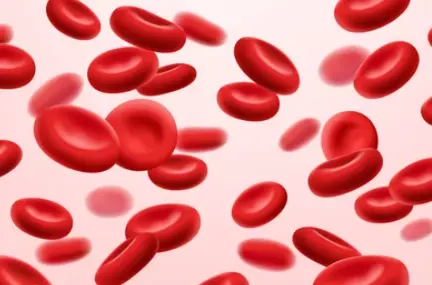 Welcome
Welcome
“May all be happy, may all be healed, may all be at peace and may no one ever suffer."
Spasticity - Generics
Spasticity is a condition characterized by increased muscle tone or stiffness, which can make movement difficult and uncomfortable. It is often caused by damage to the brain or spinal cord, such as in conditions like cerebral palsy, multiple sclerosis, or spinal cord injury.
Symptoms of spasticity include tightness or stiffness in the muscles, which can cause difficulty with movement, such as walking or performing fine motor tasks. Muscle spasms and involuntary movements may also be present. These symptoms can range from mild to severe and can be disabling.
Treatment of spasticity typically involves a combination of physical therapy, medication, and sometimes surgery. Physical therapy can help to improve range of motion and flexibility, as well as reduce muscle spasms. Medications such as muscle relaxants, anti-spasticity agents, and botulinum toxin injections may also be used to reduce muscle stiffness and spasms.
In severe cases, surgery may be considered to release tight muscles or to place a baclofen pump, which delivers medication directly to the spinal cord to reduce spasticity.
Overall, the management of spasticity can be challenging, but with the right combination of treatments and therapies, many people with spasticity are able to maintain good quality of life and function.

Trichostrongyliasis

Pregnancy-associated naus...

Scleritis

Hypotension

Macrocytic anemia

Peripheral nerve block

Renal homotransplantation

Post-herpetic neuralgia
Spasticity, স্পস্টিটিসিটি
To be happy, beautiful, healthy, wealthy, hale and long-lived stay with DM3S.